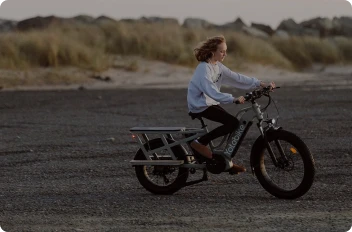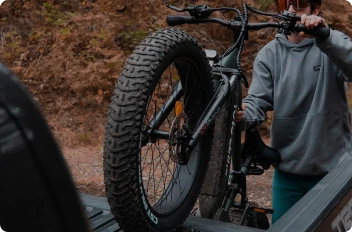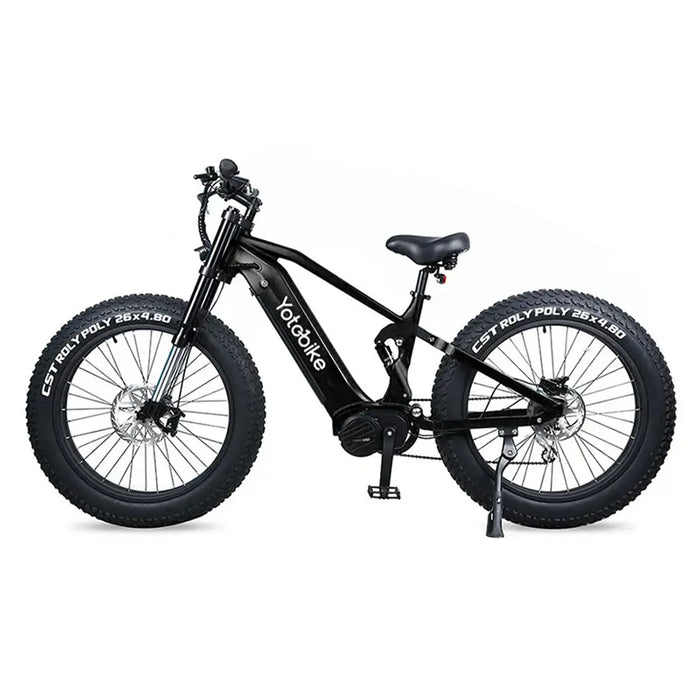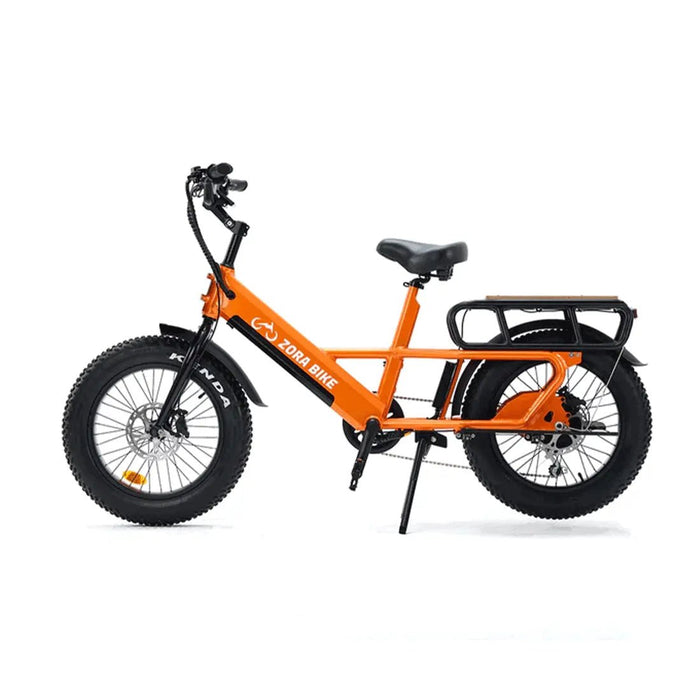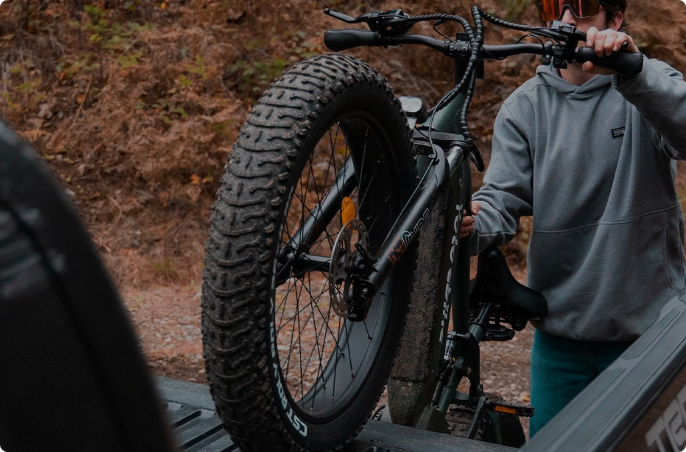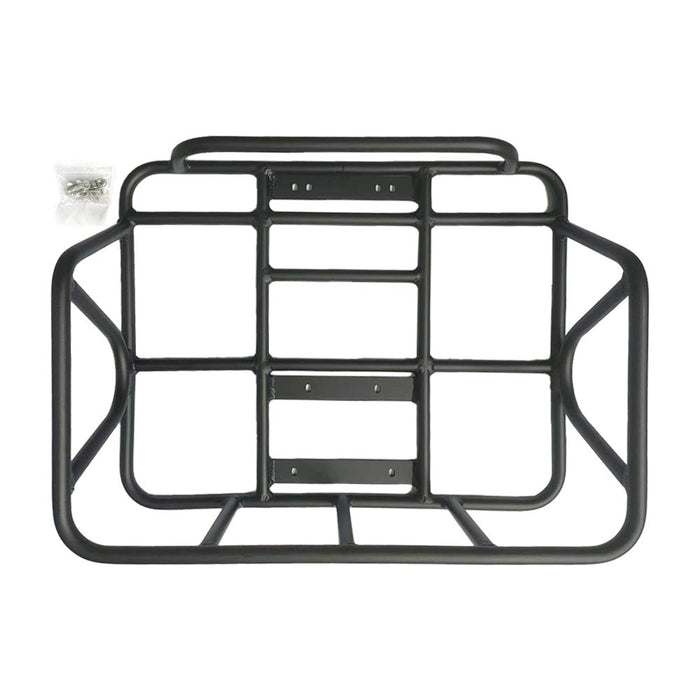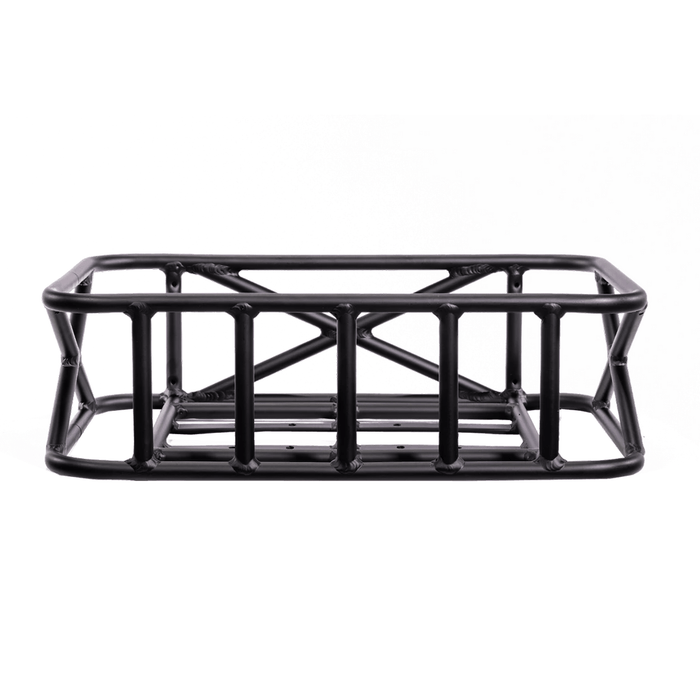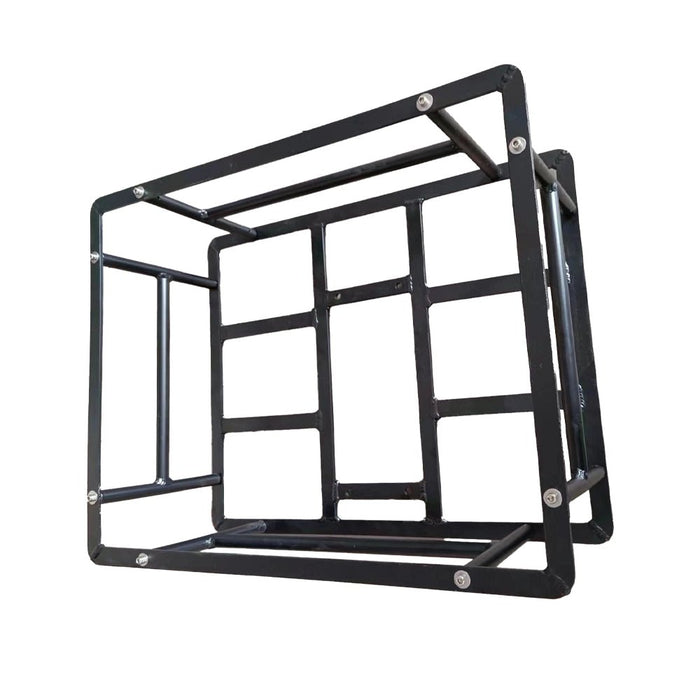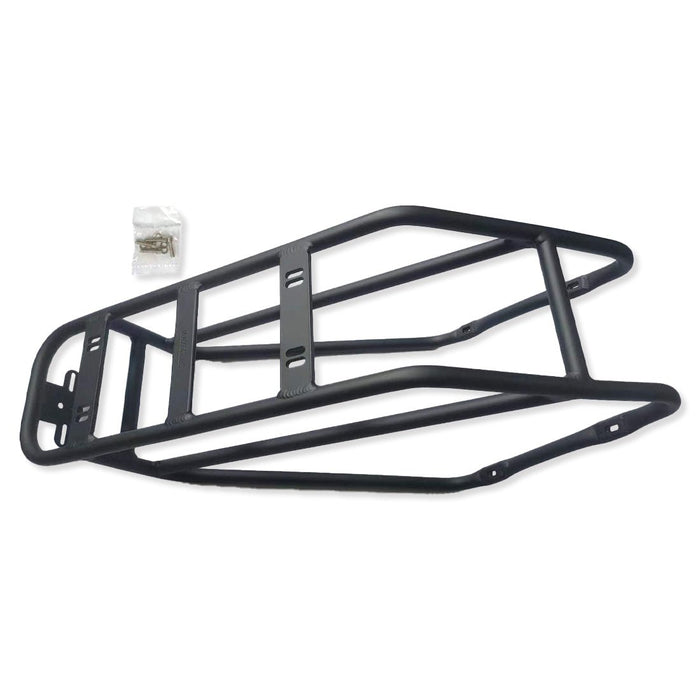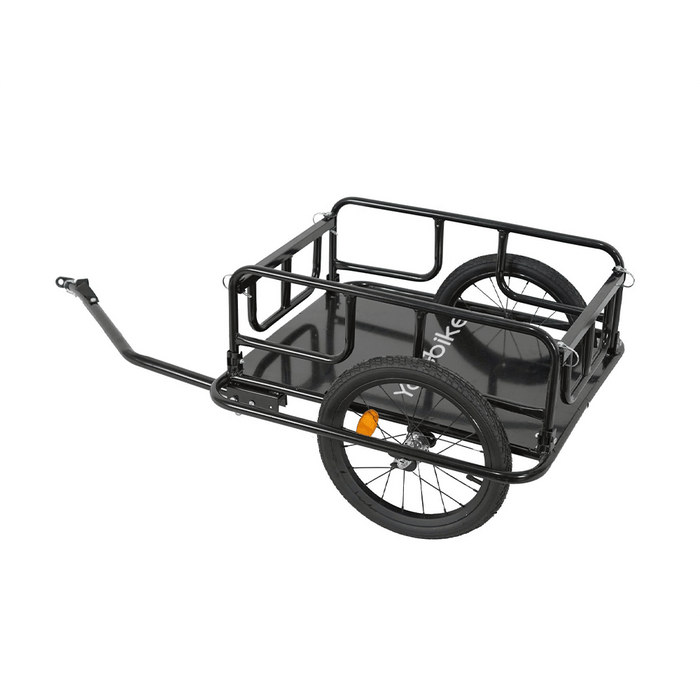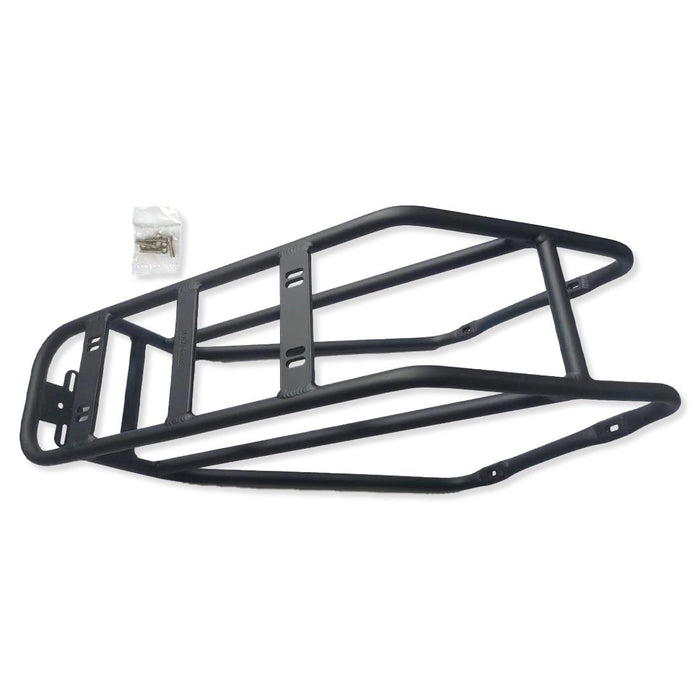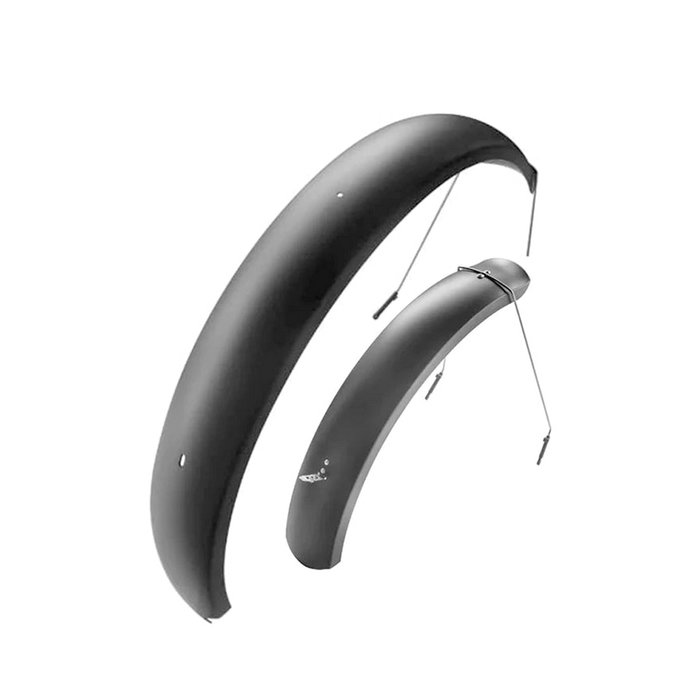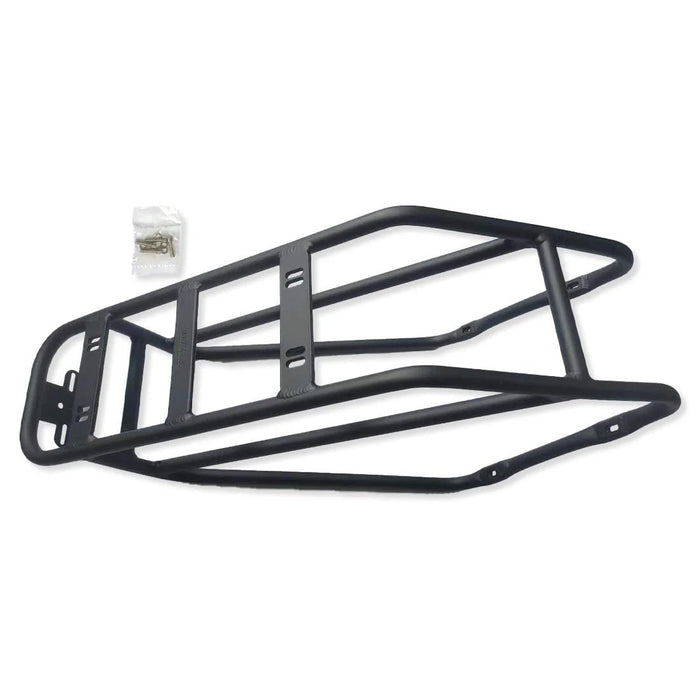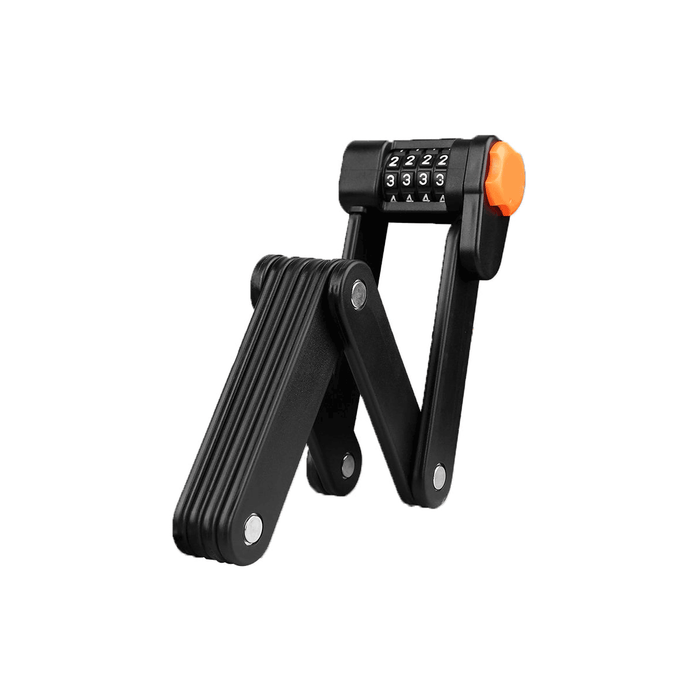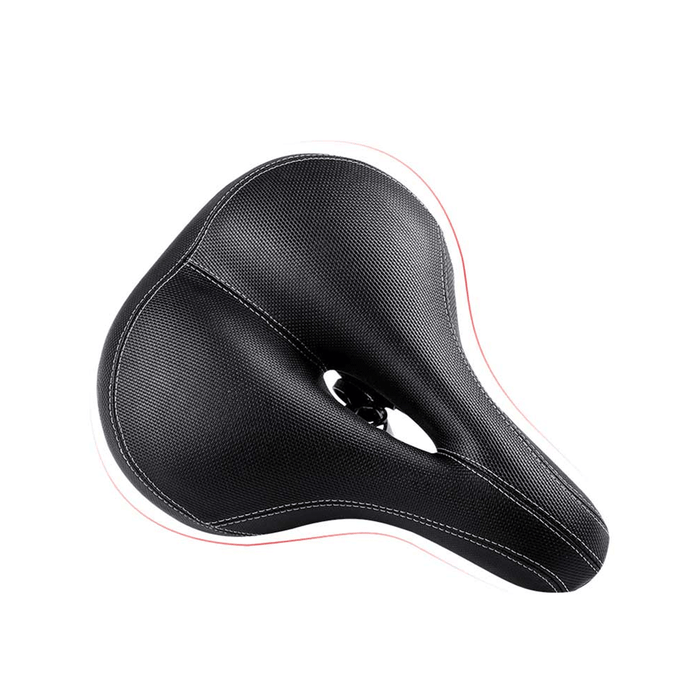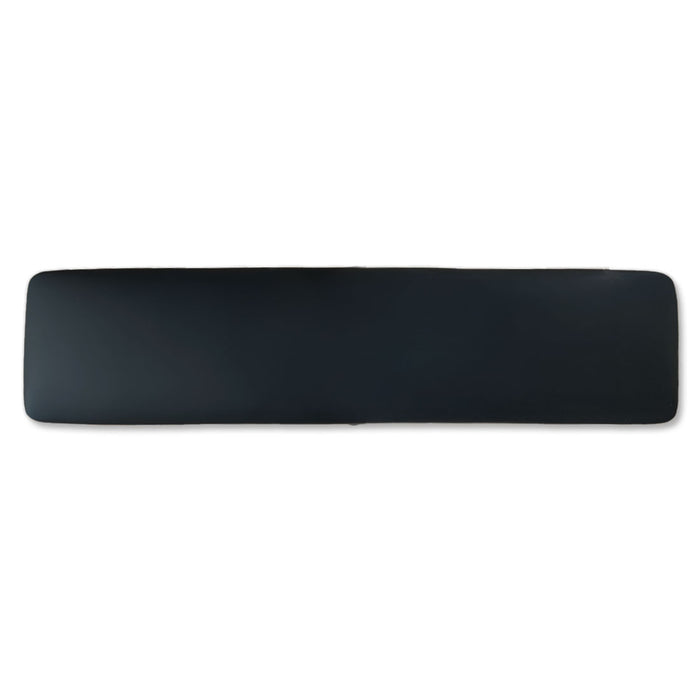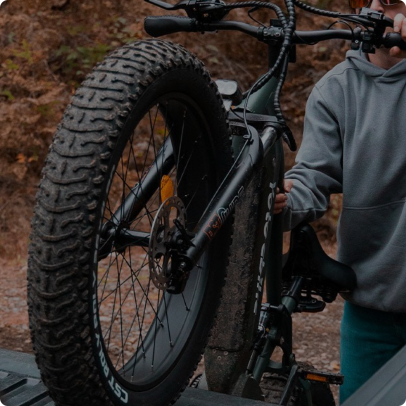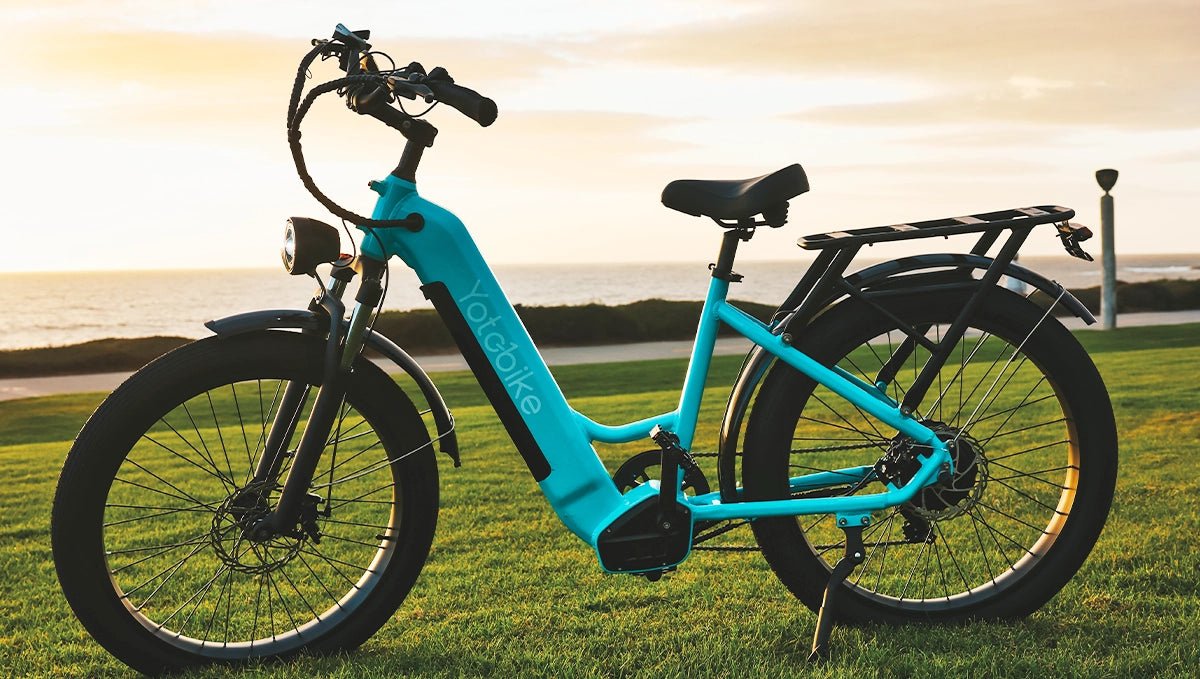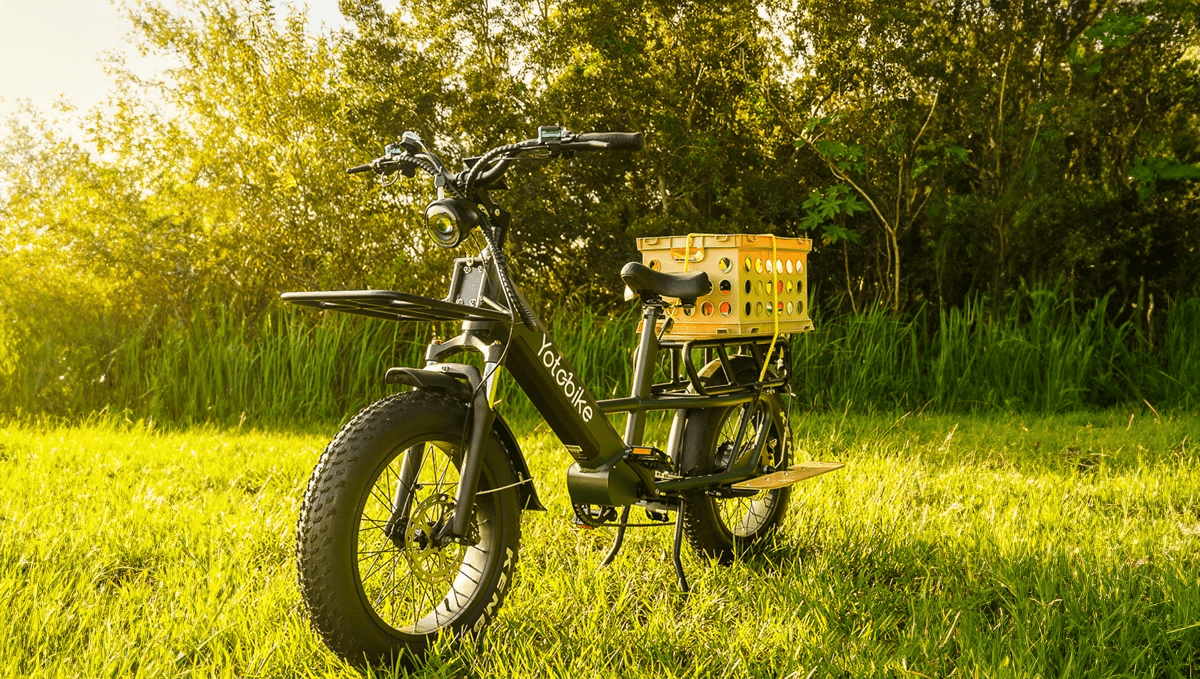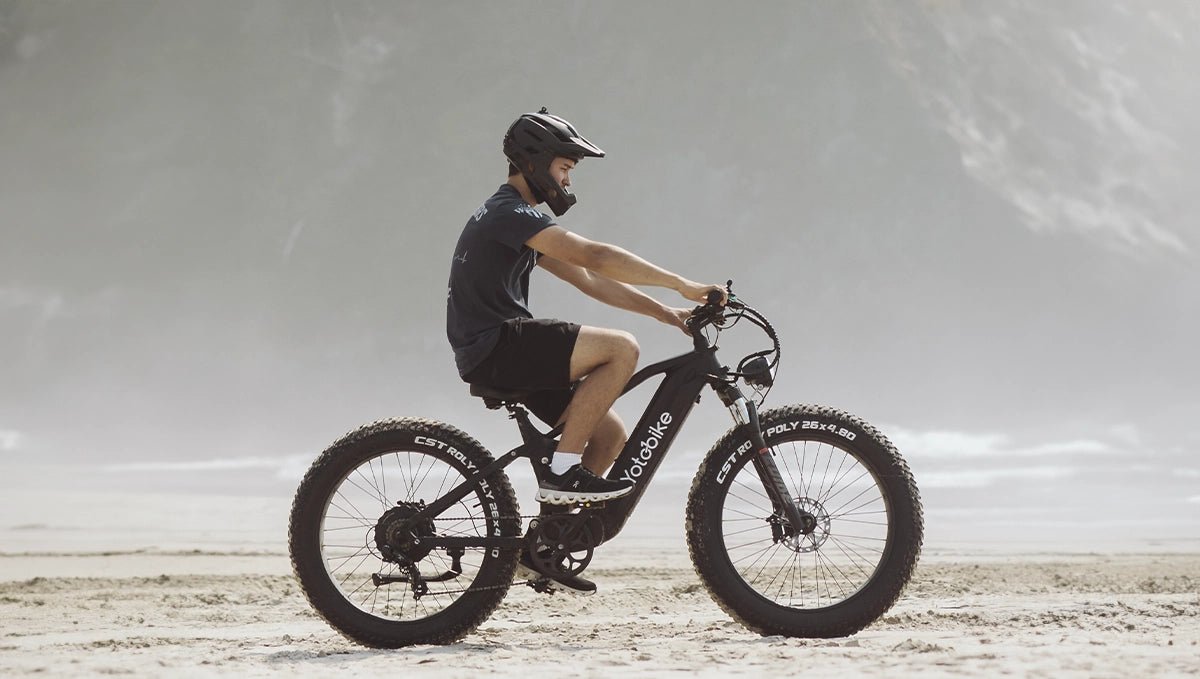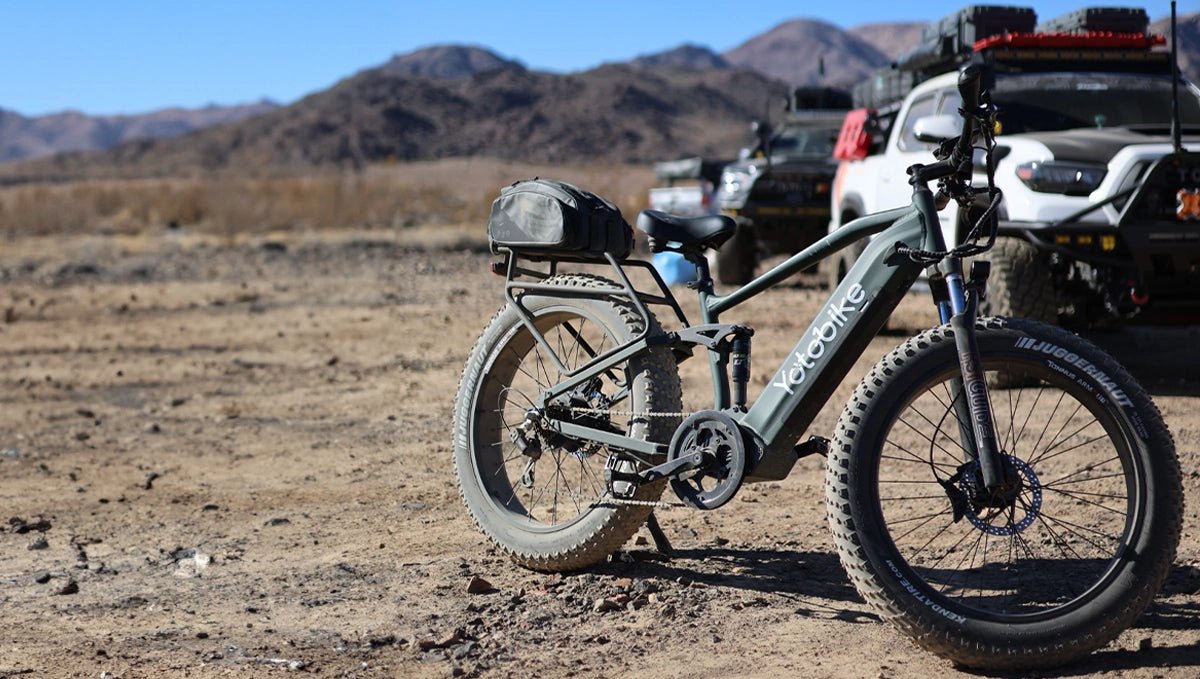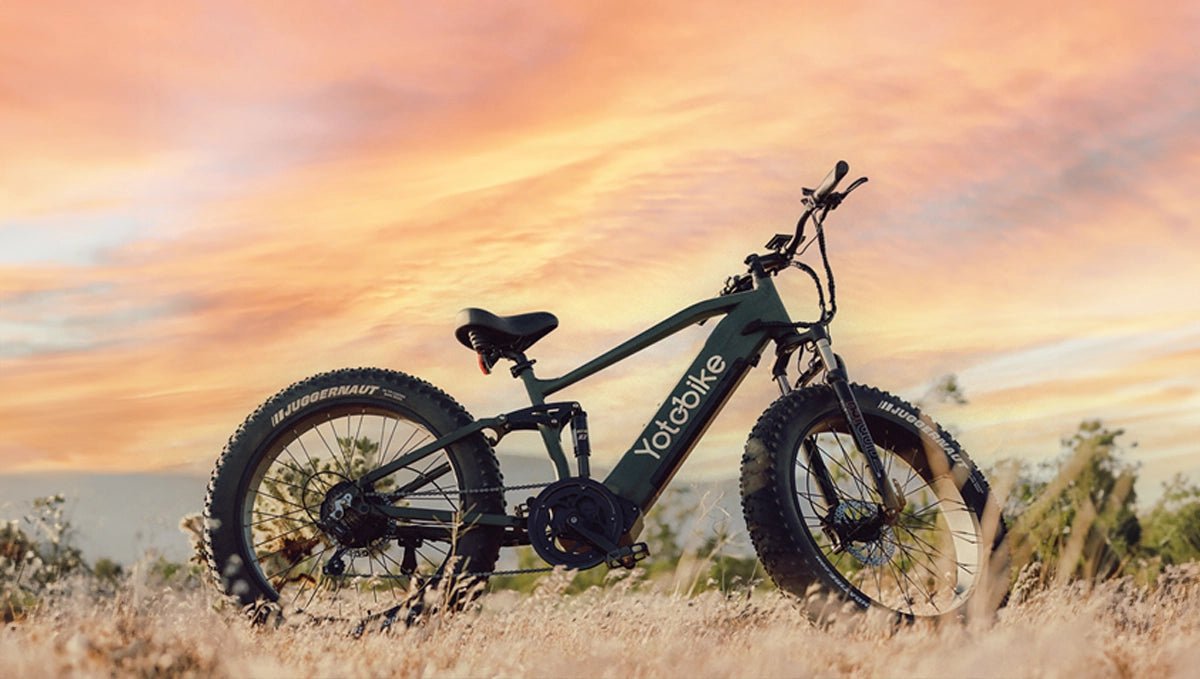
As electric bikes become increasingly popular for commuting and recreation, understanding what to look for in an electric bike is crucial for making the right choice. From motor power and battery life to comfort and safety features, each aspect plays a vital role in ensuring you select an e-bike that suits your needs. This guide will help you navigate these factors, ensuring you make an informed decision for a rewarding and enjoyable ride.

E-Bike Classifications
E-bikes are categorized into three classes based on their speed and motor assistance:
Class 1: Provides pedal assist only, with the motor engaging when you pedal. Maximum speed is 20 mph (32 km/h).
Class 2: Includes a throttle that powers the bike without pedaling. It also has a top speed of 20 mph (32 km/h), ideal for a boost with minimal effort.
Class 3: Offers pedal-assist up to 28 mph (45 km/h). Helmets are often required in many areas, making it suitable for those who prefer a faster ride.
Understanding these classifications helps you choose a bike that meets your needs and complies with local regulations.
Types of Electric Bikes
Electric bikes come in various styles, each suited to different needs:
Commuter Bikes
Designed for practical daily use, commuter bikes come with various styles and features like fenders and lights. They can be heavier but offer comfort and efficiency for city travel and errands.
Cruisers
Cruisers focus on comfort with an upright riding position, wide tires, and cushy seats. They are ideal for relaxed, leisurely rides but may lack the gear variety needed for long distances or varied terrain.
Performance Road Bikes
Built for speed and efficiency, performance road bikes feature lightweight frames and narrow tires. Electric versions help with long distances and steep hills but may be more expensive and have a less comfortable riding position.
Mountain Bikes
Mountain bikes are designed for rough terrain, with sturdy frames and large tires. Adding an electric motor helps with tough trails and climbs, making off-road biking more accessible. However, some trails may restrict electric mountain bikes, so check local regulations.
Cargo Bikes
Cargo bikes are built to carry heavy loads or passengers. They come with various cargo configurations and are useful for transporting goods. However, their larger size and weight can make them bulkier to handle.
Folding Bikes
Folding bikes are easy to store and transport, making them ideal for commuters with limited space. They can vary from compact to robust designs.
Key Components of an E-Bike
Understanding the key components of an e-bike helps you make an informed decision. Here are the essential parts:
1. Motor
The motor is the heart of an e-bike. It can be located in the front or rear wheel hub or within the bike’s crankset. Motor power typically ranges from 250W to 750W, influencing speed and performance.
2. Battery
E-bike batteries vary in capacity, affecting the range and duration of your ride. Common battery types are lithium-ion, known for their long life and lightweight.
3. Controller
This component manages the motor and battery, allowing you to adjust settings like power levels and modes.
4. Display
E-bikes often come with a display panel showing speed, battery level, distance traveled, and other metrics.
5. Pedal Assist System
This system provides power based on how much you pedal. It adjusts the motor’s assistance level based on your effort.
6. Throttle
On some e-bikes, a throttle allows you to control the motor directly without pedaling. It’s handy for a quick boost or if you’re tired.
7. Brakes
E-bikes usually have hydraulic disc brakes or mechanical disc brakes for reliable stopping power, essential for safety.
8. Suspension
Front or full suspension helps absorb shocks and bumps, improving comfort and control on rough terrain.
What Do You Look for in an Electric Bike?
When choosing an e-bike, consider these factors:
Motor Power and Type
Motor power affects performance. Higher wattage motors make climbing hills easier and provide faster speeds. Hub motors are quieter, while mid-drive motors offer better weight distribution and climbing power.
Battery Life and Range
Battery life determines how far you can travel on a charge. Look for batteries with a range that suits your needs. Higher capacity batteries offer longer ranges but may be heavier.
Frame Design and Comfort
The frame impacts comfort and ride quality. Ensure it suits your riding style and body type. Look for adjustable handlebars, cushioned seats, and ergonomic design.
Pedal Assist and Throttle Modes
Adjustable pedal assist levels and throttle modes enhance your riding experience. Choose a bike with options that match your preferences for support and convenience.
Weight and Portability
Consider the weight, especially if you need to transport the bike frequently. Lighter bikes are easier to handle, but heavier models may offer better durability. If portability is important, consider folding e-bikes.
Safety and Durability Features

Safety features like quality brakes and lighting are crucial. Ensure the bike has a good warranty and durable construction to withstand regular use.
How to Buy an E-Bike
When buying an e-bike, taking the time to make the right choice is key. Follow these simple steps to ensure you find the perfect e-bike for your needs.
Find a Model That Fits You
Choose a model based on your daily riding needs and terrain. Make sure it fits your body size and style for comfort.
Know Local Regulations
Check local rules regarding e-bikes, such as helmet laws and speed limits, to ensure compliance.
Test Ride the E-Bike
Always test ride to assess comfort and handling. Renting an e-bike can offer additional insight into its suitability.
Customize Your E-Bike
Adjust or upgrade components like handlebars and seats for a better fit. Add accessories like lights or racks as needed.
Understand Financing Options
Consider financing plans carefully. Look for 0% interest offers to avoid high costs, which can range from 10% to 30%.
Check Warranty and Support
A good warranty and reliable customer support are essential, especially for the motor and battery. Choose brands with strong reputations for service.
Choose Where to Buy
Local bike shops are a great option for expert advice, test rides, and maintenance. The staff can help you choose the right e-bike and adjust it for comfort.
Alternatively, consumer-focused online shops often have more affordable options but may require some assembly. If you're considering purchasing online, Yotobike offers a great selection of high-quality electric bike models that suit various riding styles and terrains.
Avoid big-box stores, as their e-bikes are often poorly assembled and lack proper service support.
Safety Tips for an E-Bike
Ensuring safety with your electric bike involves careful handling of the bike itself, especially concerning the battery. Here are some crucial safety tips:
- Choose Certified Products: Buy e-bikes and batteries tested by recognized organizations like Underwriters Laboratories (UL).
- Follow Charging Guidelines: Use the manufacturer’s charger, don’t leave the bike unattended while charging, and avoid overnight charging.
- Monitor Battery Condition: If you notice overheating, odd smells, or changes in the battery, stop using it and move it away from flammable materials.
- Store Properly: Keep batteries in a cool, dry place away from direct sunlight and flammable items.
- Ensure Clear Access: Don’t block entryways with your e-bike.
Understanding why buy an electric bike includes recognizing the importance of these safety practices to ensure a reliable and secure riding experience.
Conclusion
When considering what to look for in an electric bike, focus on crucial factors such as motor power, battery life, and overall comfort. Ensure you choose a model that fits your specific needs and riding conditions. By thoroughly evaluating these aspects and opting for certified products, you'll find an e-bike that enhances your riding experience while providing long-term satisfaction and safety.
FAQs
How do I choose a good electric bike?
To choose a good electric bike, consider factors like motor power, battery life, and frame design. Ensure it fits your riding style and needs. Test ride the bike to check comfort and handling. Also, look for a certified product and check for a good warranty and customer support.
What to avoid when buying an electric bike?
Avoid buying e-bikes from big-box stores or unknown brands with poor customer support. Steer clear of unverified batteries or those not tested by recognized labs. Don’t ignore the importance of a test ride and be cautious of high interest rates if opting for financing options.
